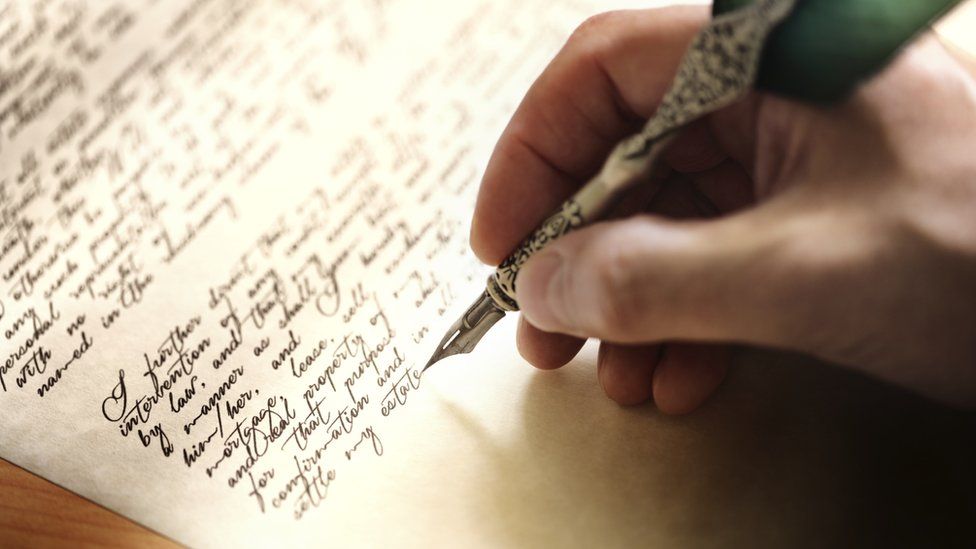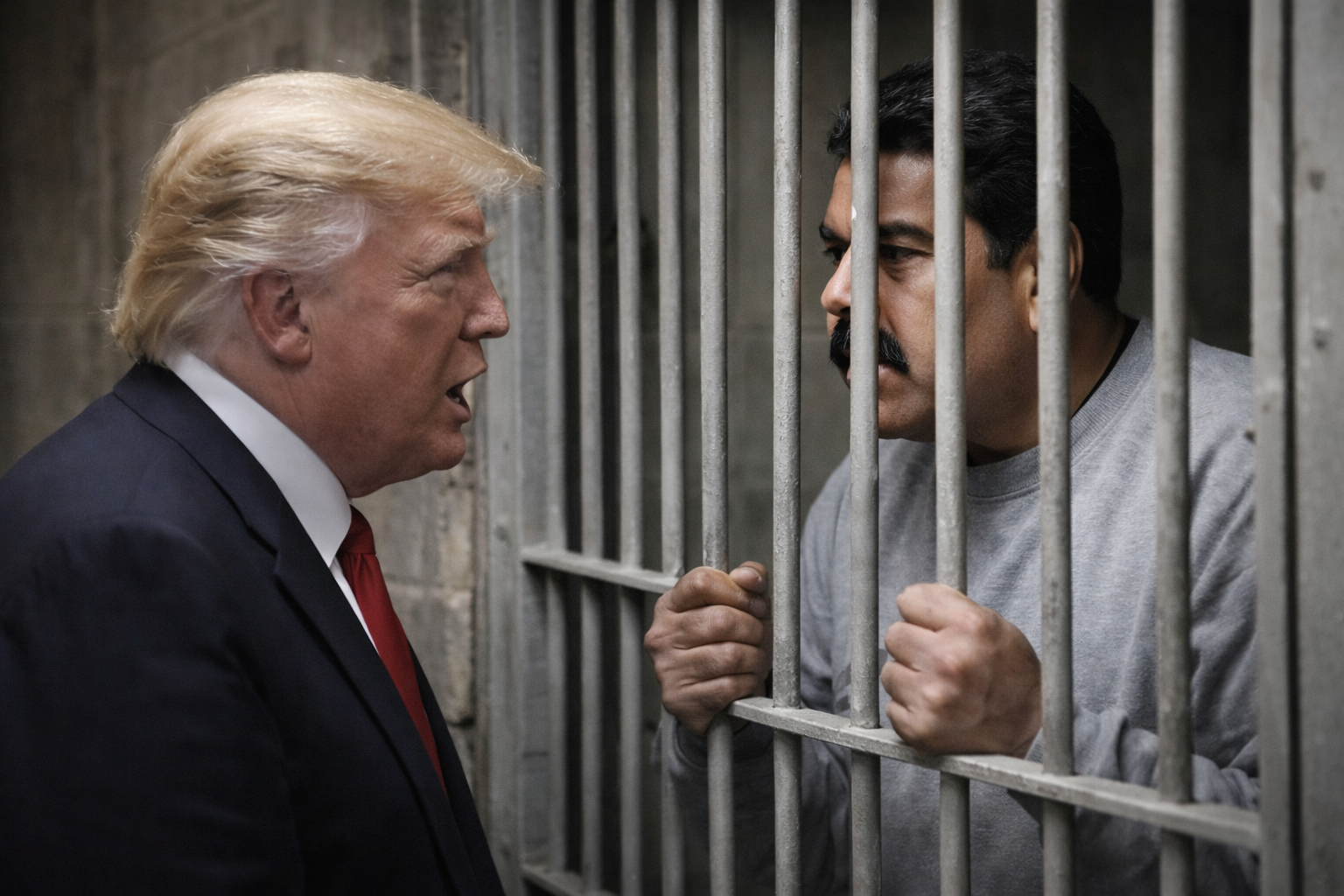In 1852, a fleet of American warships known as the Perry Expedition arrived in Tokyo Bay, demanding the admittance of American trade to Japan. The resulting treaties, signed under threat of force, would forever transform the global power structure. Keep reading to learn more about the Perry Expedition, and its influence on relations between Japan and the United States.
The Era of Seclusion
Between 1603 and 1868, Japan was governed by the Tokugawa shogunate, a military government that held power, with the Emperor relegated to the role of a largely symbolic figurehead. The Tokugawa shogunate was suspicious of the intentions of foreign governments, and those of Western imperial powers in particular, and enforced a strictly isolationist foreign policy for the majority of its duration.
Over the course of the shogunate, often also referred to as the Edo period, international trade was conducted with only one other nation at a time—first Portugal, then the Netherlands—and foreign traders were permitted to conduct business at only a single port, the artificial island of Dejima in Nagasaki Bay, where they were kept separated from the general population of Japan. The Japanese government was particularly suspicious of the activities of Christian missionaries, who they suspected of colluding with the interests of foreign governments to influence Japanese policy. Throughout the era of seclusion, the open practice of Christianity was banned in Japan.
The Edo period was not merely one of isolation. It was also a time of intense social change and development in Japan, as the Tokugawa shogunate established an intricate class structure, governed by a highly educated and systematized bureaucracy. Industrialization accelerated the process of urbanization, and cities grew exponentially in population. By the nineteenth century, the population of Edo—later renamed Tokyo—had grown to over one million, making it one of the largest cities in the world. To Western powers, excluded for centuries from trade in Japan’s markets, this growing urban population represented a lucrative business opportunity.
The Black Ships
In the early nineteenth century, even before the territory of the United States had reached the Pacific Ocean, American whaling vessels increasingly made use of the waters around Japan, at times coming into conflict with the Japanese who euphemistically and evocatively referred to the American vessels, and all Western ships, as the Black Ships. Over the course of the nineteenth century, attempted visits by the Black Ships—not only from the United States, but from Great Britain, Russia, and France—increased in frequency. Each time they were turned back by the Japanese authorities.
In 1821, in an open letter to President James Madison, the naval officer and diplomat David Porter advocated for the establishment of a formal trade arrangement with Japan: “The important trade of Japan has been shut against every nation except the Dutch…Great changes have since taken place in the world—changes which may have affected even Japan; the time may be favorable, and it would be a glory, beyond that acquired by any other nation, for us, a nation of only forty years standing, to beat down their rooted prejudices—secure to ourselves a valuable trade, and make that people known to the world.” The problem for American policymakers was, Japan had no interest in trading with the West, and its military made this quite clear on numerous occasions.
In 1845, the United States and China ratified a treaty establishing a formal trade relationship. Following the establishment of relations with China, American officials became increasingly eager to likewise open up Japan to American trade. The following year, two American warships under the command of James Biddle anchored at the mouth of Edo Bay and attempted to deliver demands that the Emperor agree to a treaty similar to that with China. When Biddle was invited aboard a Japanese vessel an altercation took place between him and a Japanese soldier, who shoved Biddle to the deck. He received the shogunate’s official response, declining to allow Americans to trade with Japan, some days later.
The Perry Expedition
In 1851, Secretary of State Daniel Webster, with the agreement of President Millard Fillmore, authorized a more substantial military expedition to Japan, and penned a letter “inviting” Japan to open up its ports to trade with American vessels. The invitation, signed by the president, was to be delivered by four of the United States Navy’s most modern steam-powered warships, crewed by heavily armed sailors and marines. The man appointed to lead the expedition was Matthew Calbraith Perry, a career naval officer with combat experience and a reputation for aggressive action, who was also an early proponent for the use of steam power.
Perry was a staunch believer in the ideology of Manifest Destiny, which he expressed in terms of the language of eugenics and race science in a speech delivered after his return from Japan: “the people of America will, in some form or other, extend their dominion and their power until they shall have brought within their mighty embrace multitudes of the Islands of the great Pacific, and placed the Saxon race upon the eastern shores of Asia.“ Perry adhered to the view that white Americans represented a superior “Saxon race,” with the “Asiatic” people of Japan their natural inferiors in any exchange. This attitude undoubtedly influenced his negotiation strategy in Japan.
The official American account of Perry’s Expedition to Japan is preserved in the Narrative of the Expedition of an American Squadron to the China Seas and Japan, which was presented to Congress in two volumes in 1856. They are rich documents, full of painstakingly detailed descript ions of the cultural practices, technology, craftsmanship, and politics of the people of Japan from the perspective of a Western outsider. They contain numerous carefully rendered sketches of the people, wild life, and geology of the islands of the Pacific. They are also, at times, uncomfortable to read—they are fundamentally the products of a system of thought that hierarchized the peoples of Asia as lesser than the peoples of Europe. Despite this (and perhaps, indeed, because of this), it represents an invaluable historical record of a pivotal moment in the history of international law.

Perry’s fleet arrived in Edo Bay in July 1853. They were greeted by a Japanese flotilla, who Perry informed of his intention to land and deliver two letters addressed to the Emperor. As with Biddle’s earlier expedition, they were instructed to leave by Japanese military officials. However, Perry refused, and instructed his fleet to make preparations for a landing by force. He sailed the fleet further into Edo Bay, and fired 73 blank shots from his cannons. The show of force had its desired effect, and Japanese officials agreed to permit Perry to land a party and present his letters to representatives of the shogunate.
The delivery of the letters was an ornate affair, conducted in a temporary pavilion mounted near the shore; it was also a tense meeting, conducted under the watch of American guns, as Perry’s party presented the letters “encased [in] magnificent boxes“ to Japanese officials. The letter from President Fillmore presents what appear to be, on the surface, a simple list of requests: “These are the only objects for which I have sent Commodore Perry, with a powerful squadron, to pay a visit to your imperial majesty’s renowned city of Yedo: friendship, commerce, a supply of coal and provisions, and protection for our shipwrecked people.” However, this request in practice demanded that Japan depart from more than two centuries of foreign policy. The shogun’s representatives promised to convey the messages to the Emperor for his consideration. Perry promised to return in a year’s time for his reply, and departed to pay call to ports in present-day Taiwan.

The letter was the subject of extensive debate in the shogunate. Ultimately, the decision was made to accede to Perry’s demands, as the shogun Tokugawa Iesada assessed the Japanese military at the time to lack sufficient modern weaponry to resist the Americans. This view was affirmed when Perry returned four months early, this time with eight ships (some sources say ten) and more than 1,600 sailors and marines. After three weeks of negotiations, a force of 500 Americans was permitted to land, and Perry and the representatives of the shogunate signed the Convention of Kanagawa, which acceded to all of the American demands. The shogunate granted further concessions to the Americans in 1858, with the Treaty of Amity and Commerce, also known as the Harris Treaty.
The Meiji Restoration
The Perry Expedition is a quintessential example of what is typically referred to as “gunboat diplomacy,” in which the implied threat of military force is used by a more powerful state to coerce a weaker one into diplomatic concessions. For the Tokugawa shogunate, the experience was one of deep humiliation, and it contributed to its downfall fewer than fourteen years later. In 1868, the shogunate was overthrown in the Meiji Restoration, which in theory restored executive power to the Emperor. Japan opened its ports to trade with foreign powers, and Western goods and technology began to flow into the country. Likewise, Japan exported goods and ideas to the wider world, fostering an obsession in Western countries with Japanese art and design in the late nineteenth century, referred to as Japonisme.

The Meiji Restoration was also a period of intense industrialization and militarization in Japan. Humiliated by their submission to the demands of the Perry expedition, Japanese military leaders poured immense resources into the arming and training of modern naval and ground forces. Japan demonstrated its military prowess only fifty years after the Perry Expedition, when it decisively defeated the Russian Empire in the Russo-Japanese War of 1904-1905, winning major territorial concessions and cementing its colonial rule over Korea. Japan fought on the side of the Western Allies in World War I, again gaining territory, this time from Germany. However, the Japanese government was deeply embittered by the refusal of European powers to adopt a clause enshrining racial equality in the Treaty of Versailles. The legacy of the Perry Expedition loomed large over the next war, when Japan took up arms against the Allies.
Further Reading
The entire account of the Perry Expedition from the American perspective can be found in HeinOnline’s U.S. Congressional Serial Set. If you’re interested in further research into international agreements, the World Treaty Library contains thousands of agreements involving the United States, Japan, and numerous other states, past and present.












